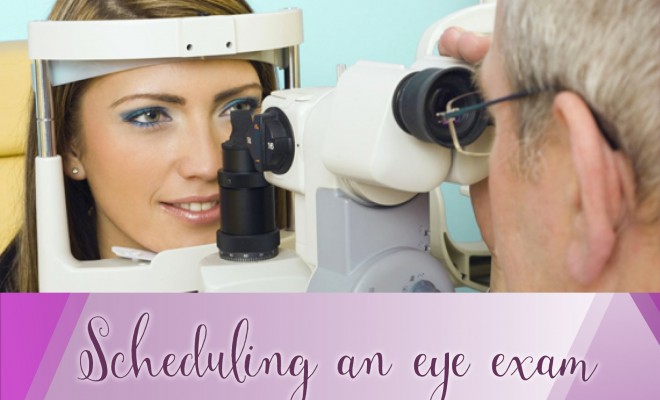
Posts
Scheduling an Eye Exam? Here’s What You Can Expect
Scheduling an Eye Exam? Here’s What You Can Expect
Even if you are able to spot a Starbucks from a mile away, you should still be having your vision checked yearly. A comprehensive eye exam is much more than reading letters on a chart, it helps to identify eye conditions that you may not be aware of, and in some cases help to detect serious disease early on.
It Starts With Your History
You may be initially surprised at some of the questions asked of you before an eye exam even begins, but knowing your health history will help the optometrist identify any potential problems. Conditions like hypertension and diabetes can affect your vision, making this important information for your eye doctor.
Genetics play a role in some eye conditions as well, so it’s always a good idea to know of any problems with vision your parents or grandparents may have had. Glaucoma is an eye condition that is sometimes passed from generation, but can be treated in its early stages. Knowing that your family has a history of this condition will prompt the eye doctor to thoroughly check for any signs that you are developing it.
Visual Acuity Tests
These are the most well known tests administered by an eye doctor, where you are asked to read images in order to assess the sharpness of your vision. This should be done both up close and at a distance.
Color Blindness Tests
You will be asked to identify a variety of colors in order to rule out color blindness. This will also help alert your optometrist to the development of an eye health issue that is affecting the way in which you view colors.
The Cover Test
Your eyes must work in conjunction for proper vision, prompting the physician to use a cover over one eye as you view objects up close and across the room. This helps to rule out eye strain, strabismus and amblyopia.
Retinoscopy
If the optometrist determines that you do need prescription glasses, they will then perform a retinoscopy. This requires dimming the lights as you focus on one object. A light is shined in your eyes as you look through different lenses to help get an idea of the strength of the prescription needed.
Refraction
With the ballpark estimate from the retinoscopy, the eye doctor will then have you look through a specialized instrument called a phoropter. This allows him to change the lenses you are viewing through until able to narrow down which ones help you to see the clearest. As each lens changes, you will be asked to tell which is giving you the best view of the object.
Slit-Lamp Examination
This portion of the exam is focused on the over-all health of your eyes, not just your vision. You will be seated in front of a complex instrument which allows the optometrist to see the structure of your eye both externally and internally. By doing so, your eye doctor should be able to detect signs of any infection or disease.
A thorough eye exam should take about 30 minutes, yet give you a wealth of valuable information about your vision, eyes, and overall health. Continuing with these exams yearly will ensure that you are able to have any small issues corrected and treated before they become something much worse.






You must be logged in to post a comment Login